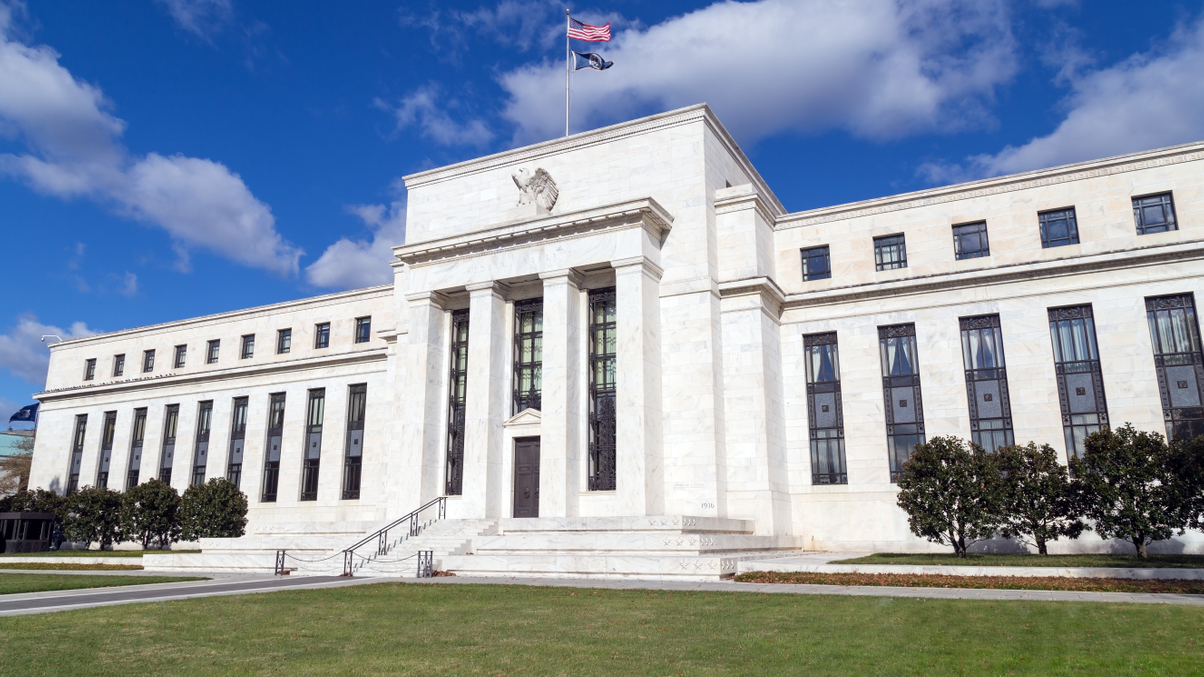Market Views: Will the Fed hike or cut rates next?
Expectations for multiple interest rate cuts by the US Federal Reserve in 2024 have shifted to concerns over a possible additional rate hike. AsianInvestor reached out to asset managers for their current projections.

Expectations for the US Federal Reserve (Fed) to lower interest rates multiple times in 2024 have dramatically reversed, now hinting at the possibility of an additional rate hike.
Sign in to read on!
Registered users get 2 free articles in 30 days.
Subscribers have full unlimited access to AsianInvestor
Not signed up? New users get 2 free articles per month, plus a 7-day unlimited free trial.
¬ Haymarket Media Limited. All rights reserved.


